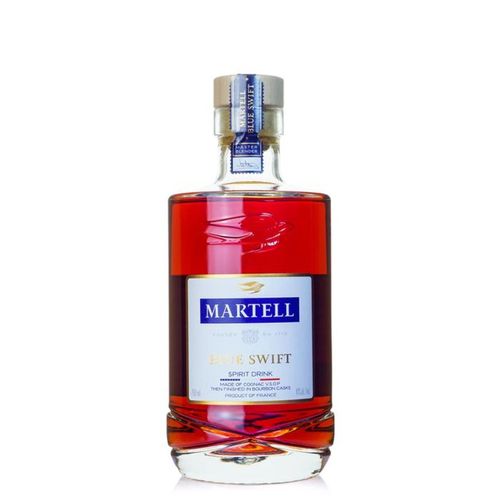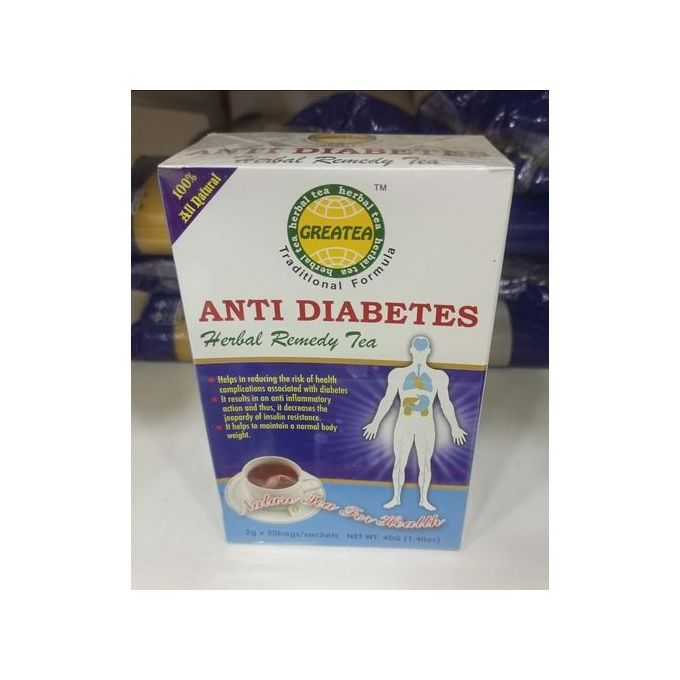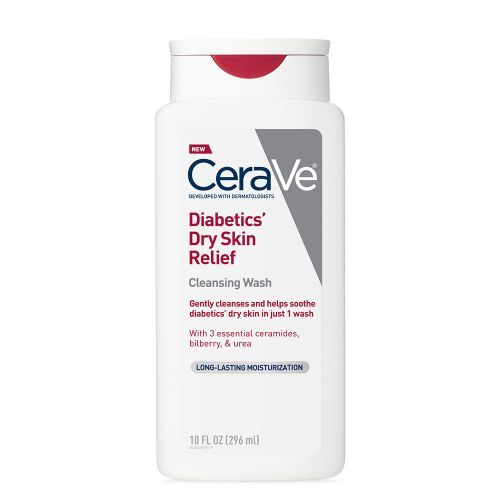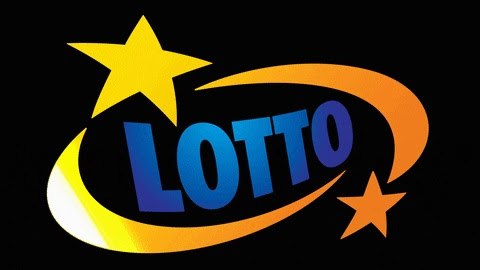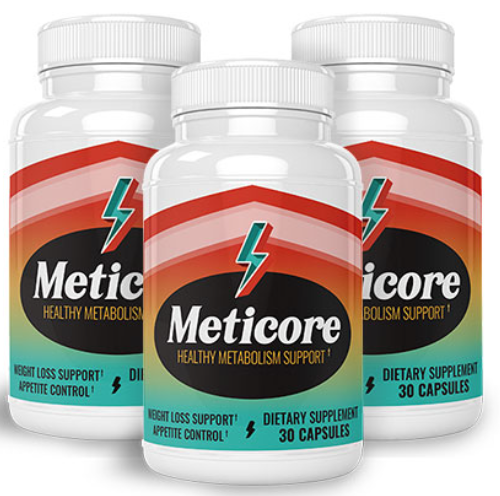One of the benefits of consuming vegetables and fruits is the intake of fiber, which is a type of carbohydrate that the human body cannot digest or absorb. Fiber also helps to control blood sugar. Foods that are high in fiber take a longer time to digest and don’t spike blood glucose levels like sugars and starchy foods.
Importantly, fiber binds cholesterol and prevents cholesterol from entering the bloodstream, actually lowering cholesterol levels and the risk of heart disease. There are two types of fiber, soluble and insoluble.
Soluble fiber binds water and forms a gel, keeping you full for a longer period of time. Apples, strawberries, carrots, some vegetables, strawberries – to name a few – are rich in soluble fiber.
Insoluble fiber assists in moving foods through the digestive tract. It is found in dark leafy vegetables, whole wheat, raisins, barley, nuts, cabbage and much more.
Fiber is listed under carbohydrates in Nutrition Fact labels. As fiber does not raise blood sugar level, you can subtract this number from the total carbohydrate content.



.jpg)







